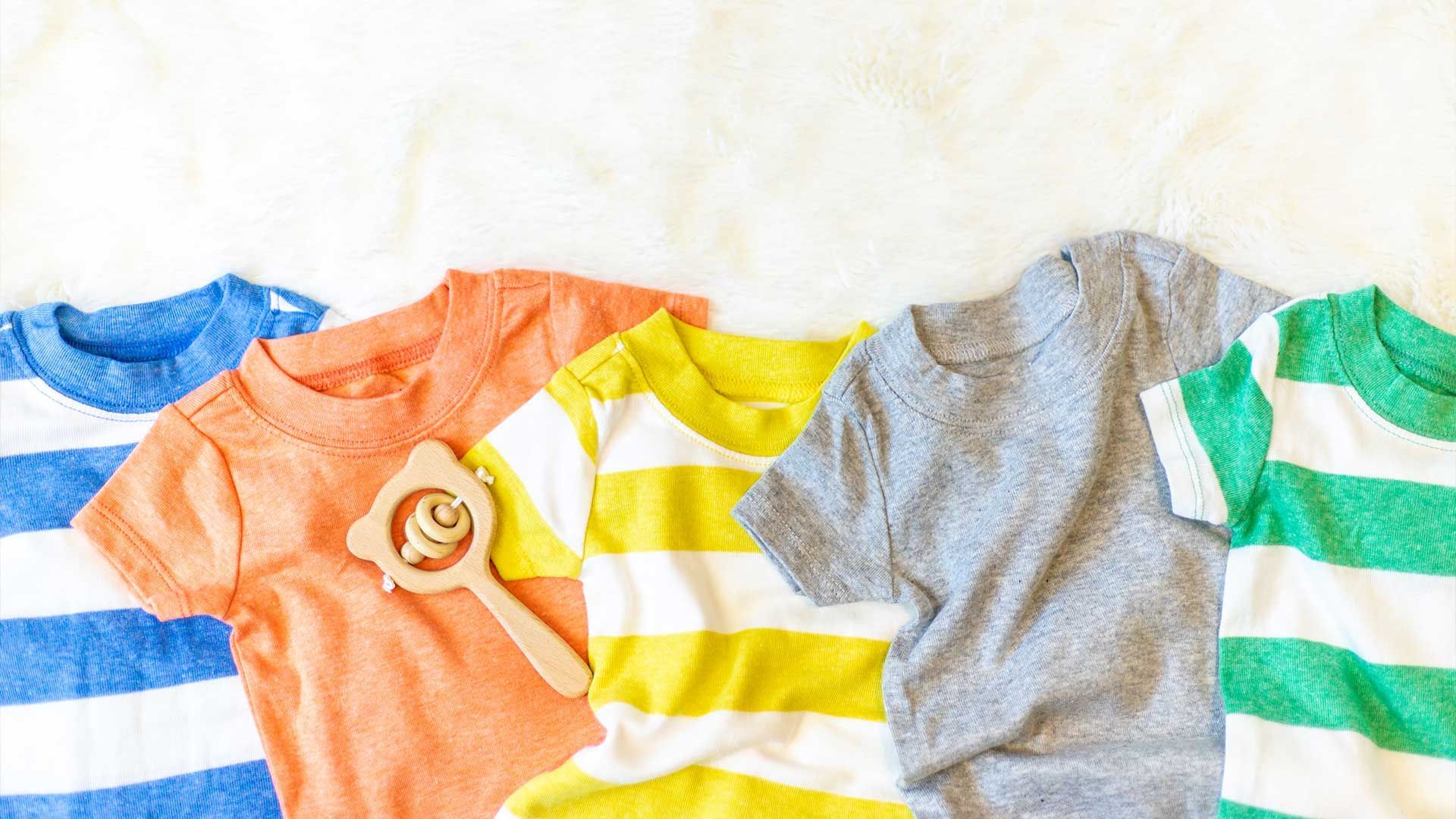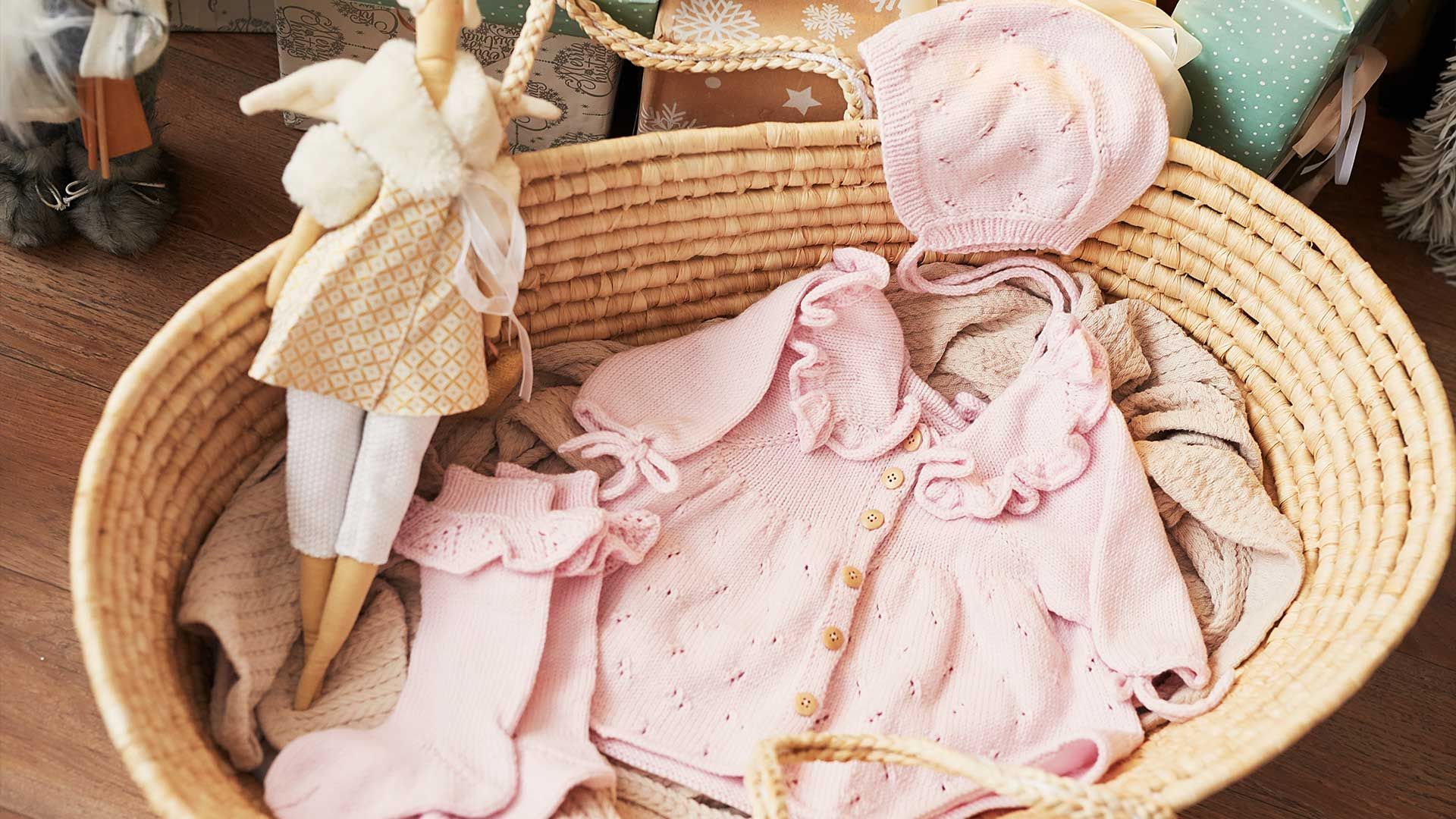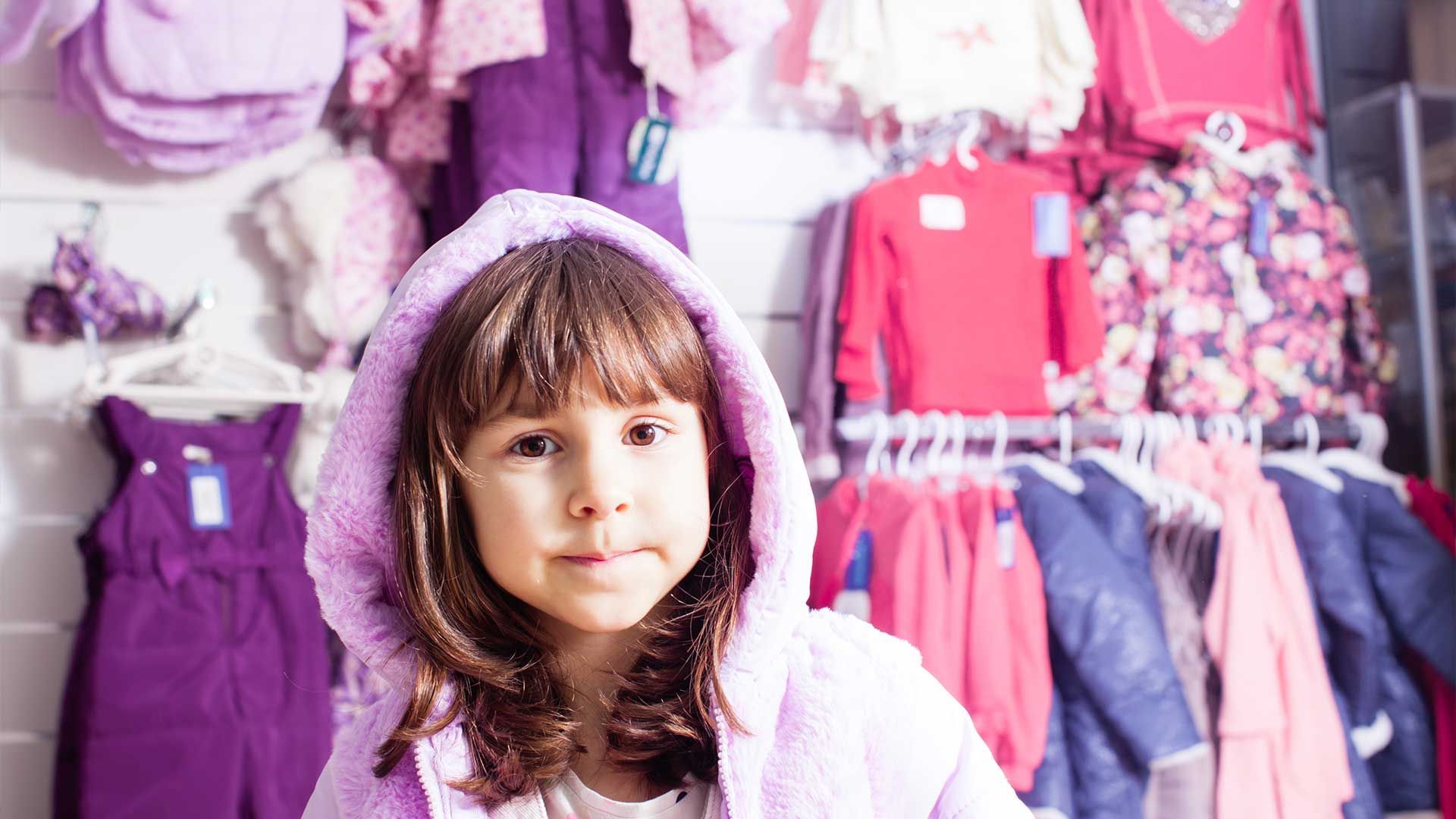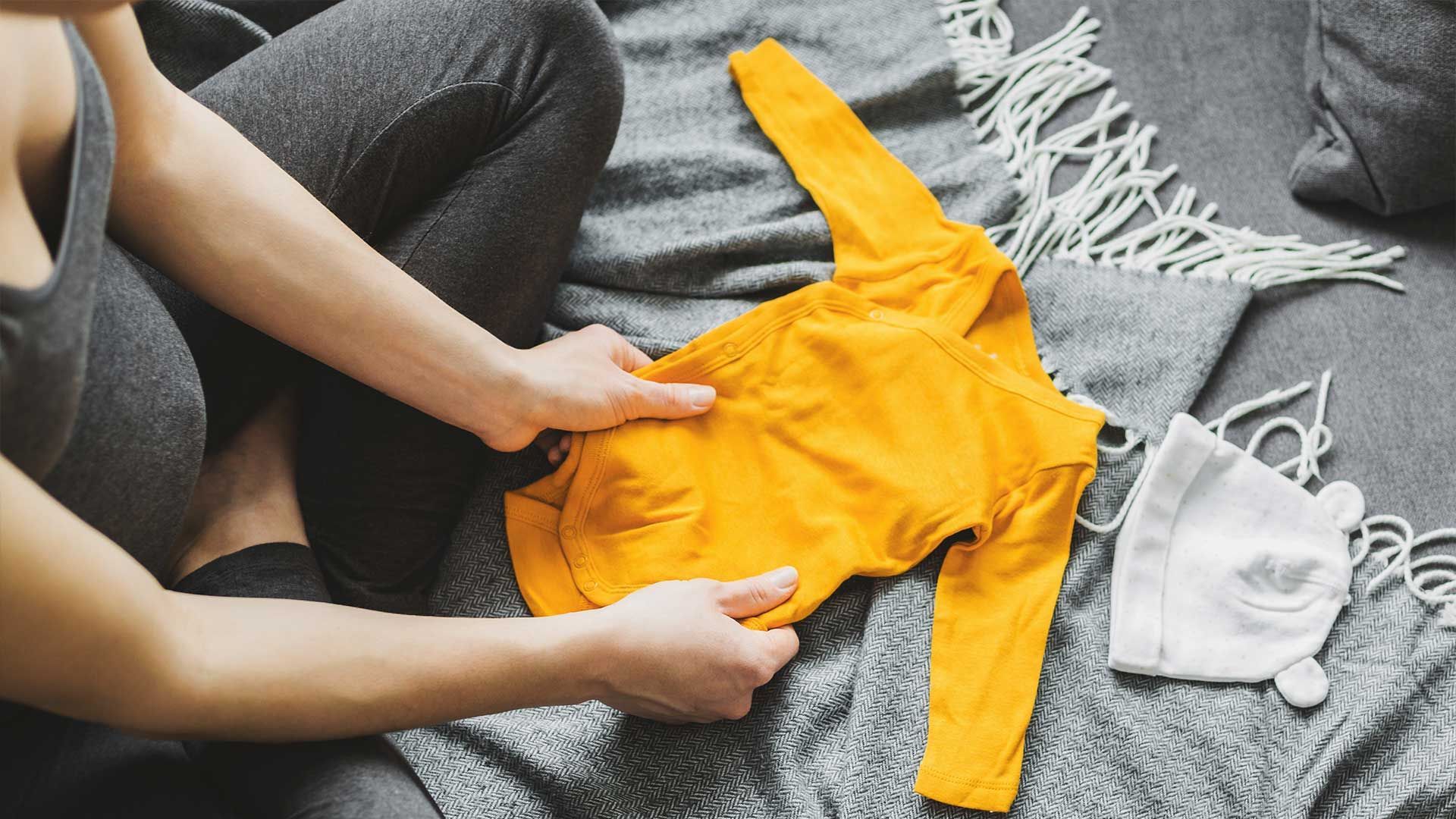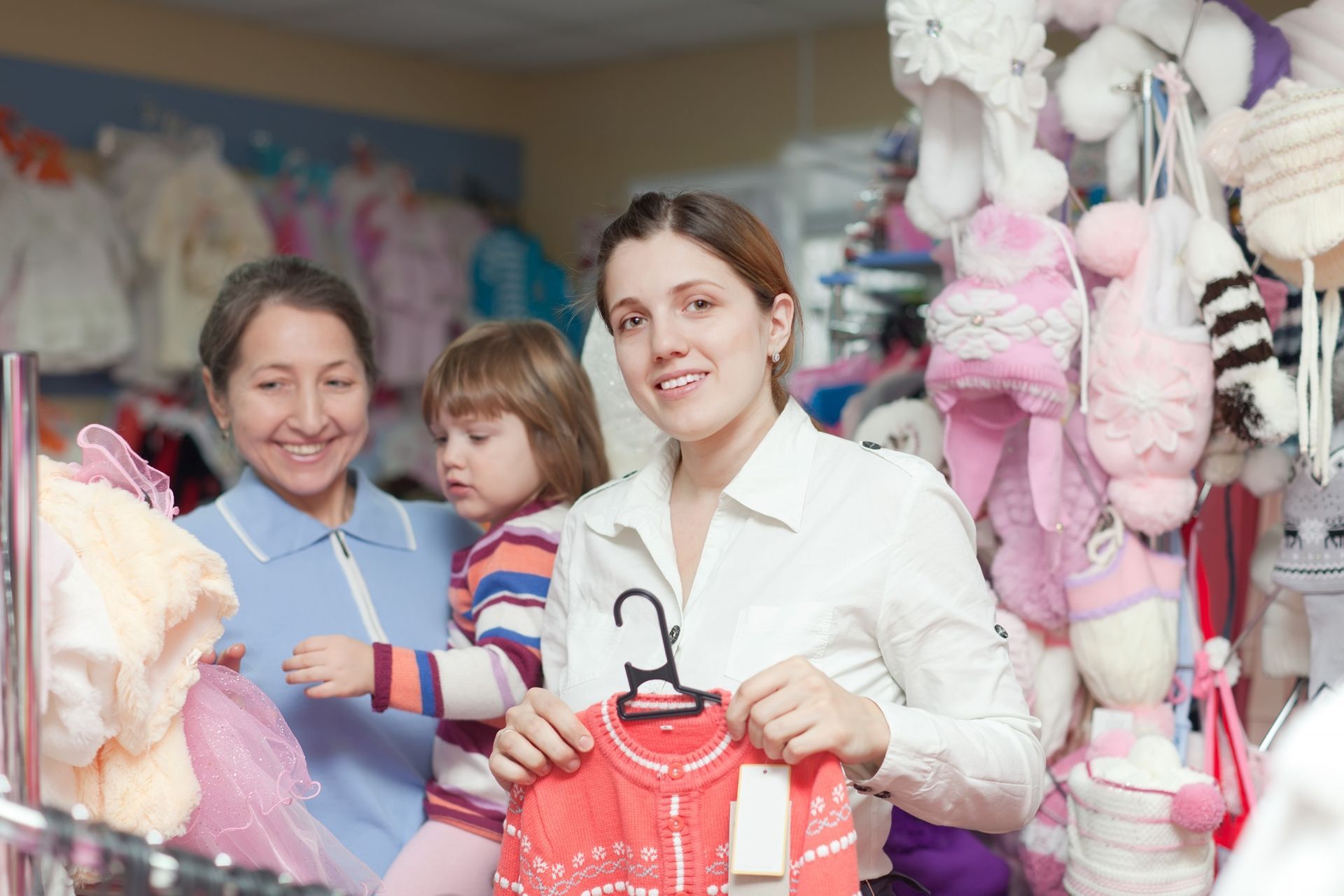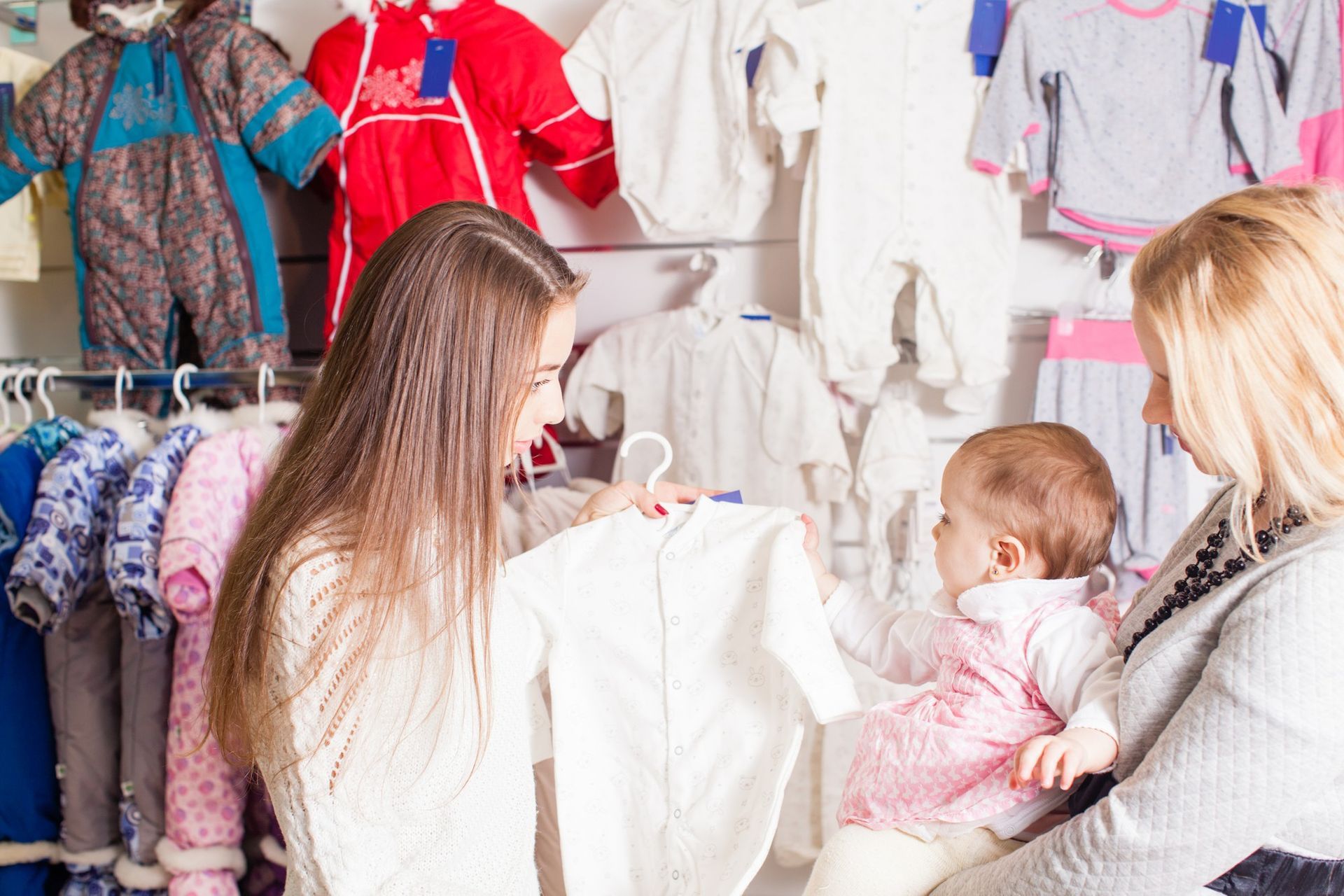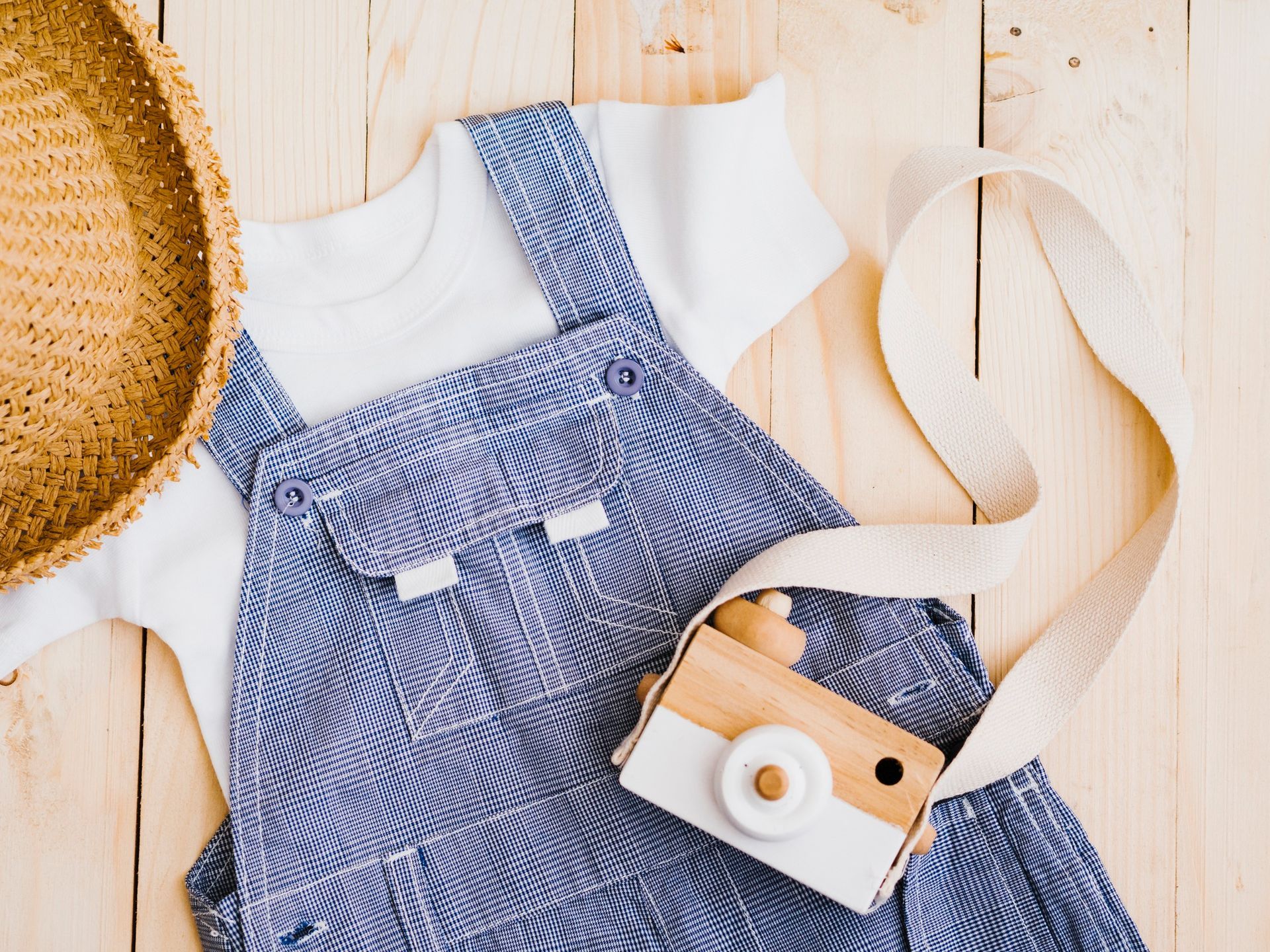Essential Infant Clothing: Secrets to Dressing Your Newborn!
Understanding the Basics of Infant Clothing
- Sizing Matters: Sizing in infant clothing is particularly important as babies grow at an astonishing rate. Most clothing sizes are based on age; however, it's essential to focus on your baby’s weight and height when making selections. Since babies grow differently, the same outfit labeled for newborns can be very different in actual size from brand to brand. Always have a current measurement of your baby’s weight and height before going shopping, and when in doubt, it's wise to choose a slightly bigger size to ensure a more extended period of use.
- Functional Yet Fashionable: Who says infant clothing can't be stylish? Nowadays, designers are keen on creating pieces that are both functional and fashionable. Look for items that blend aesthetics with comfort, like cute, soft cotton onesies with fun prints, or stylish, plushy rompers that are easy to slip on and off. Accessories such as hats, mittens, and socks can be both cute and practical, keeping your baby warm and cozy.
- Season-Appropriate Selections: Another secret to mastering infant clothing involves season-appropriate selections. Light, airy garments are perfect for summer, keeping your baby cool and comfortable, while layered clothing is ideal for winter to provide warmth. Always remember, it's better to layer clothes so you can easily adjust your baby’s temperature by adding or removing a layer.
- Special Occasion Outfits: While practicality is key, there will be moments when special occasion outfits are needed. For such events, it's okay to choose slightly more elaborate infant clothing, but comfort should never be compromised. Opt for formal wear made from soft, breathable fabrics, ensuring your baby looks good without any discomfort.
- Safety First: When selecting infant clothing, safety should always be a top priority. Avoid clothes with small buttons, rhinestones, or bows that can be easily pulled off and swallowed. Also, watch out for drawstrings and loops, as they could pose a strangulation hazard. Fire safety is another crucial factor, so look for clothes labeled as flame-resistant.
- Laundry-Friendly: Babies are adorable, but they can be messy. Therefore, the infant clothing you choose should be easy to clean and quick to dry. Go for machine-washable clothes as opposed to those that require hand-washing or dry-cleaning, saving you time and energy.
- Sustainable Choices: More parents are now considering sustainable options for infant clothing. Organic materials are not only gentle on your baby's skin but also kinder to the environment. Numerous brands offer eco-friendly clothes made from organic cotton, bamboo, and other sustainable materials, allowing you to dress your baby in guilt-free fashion.
- Stocking Up Sensibly: It's easy to get carried away while shopping for infant clothing. However, babies outgrow their clothes incredibly quickly during the first year. It's sensible to buy just enough to cover your needs and opt for versatility over quantity. Basics like onesies, sleepers, and comfortable pants can be mixed and matched for everyday use.
- Comfort is Key: Lastly, but most importantly, comfort is the ultimate secret when it comes to infant clothing. No matter how cute an outfit might be, if it isn’t comfortable, it isn't worth it. Soft fabrics, a roomy fit, and easy access for diaper changes are factors that contribute to your baby's overall comfort.
- Navigating Shopping Options: In today's digital age, parents are spoilt for choice between brick-and-mortar stores and online shopping platforms for purchasing infant clothing. While the former allows you to feel the texture, assess the true color, and perhaps try the outfit on your baby, the latter offers convenience, especially for busy parents. When shopping online, reading product descriptions, reviews, and understanding the store's sizing chart becomes crucial. Additionally, ensure the website has a good return and exchange policy, as sizing can often be inconsistent between different brands.
- Embracing Hand-Me-Downs: Don't shy away from accepting hand-me-downs from family and friends or exploring consignment stores. Babies grow fast and their clothing is often barely worn before it's outgrown. Hand-me-downs are not only a cost-effective option but also an environmentally friendly one. Inspect pre-owned infant clothing for any wear and tear, and ensure they are thoroughly washed before dressing your baby in them.
- Preparing for Messes: It's no secret that babies are experts at creating messes. When curating a wardrobe of infant clothing, remember that you'll be battling stains regularly. Opt for colors and patterns that help mask the appearance of stains. Also, having a good stain remover at hand and understanding the basics of treating different types of stains can be a lifesaver.
- Sleepwear Essentials: Infant clothing is not complete without mentioning sleepwear. Babies spend a lot of their time sleeping, so their sleepwear should be comfortable, warm, and safe. One-piece sleepers or wearable blankets are excellent for keeping your baby warm without the risk of suffocation that loose blankets pose. Again, fire-resistant fabrics are preferable for sleepwear.
- Keeping Up with Growth: Given the rapid rate at which babies grow, the infant clothing that fits perfectly this month might not fit the next. Keep track of your child's growth and continually reassess their wardrobe. It's helpful to organize clothes by size and label storage bins for clothes they’ve outgrown, making it easier to find the right fit as your baby grows or to pass along to others.
- The Sensitivity Consideration: Some babies have more sensitive skin than others, leading to irritations or allergic reactions to certain fabrics or dyes used in infant clothing. If your baby has sensitive skin, seek out hypoallergenic fabrics, and avoid clothes with tags that can irritate your baby's skin. Always wash new clothes before the first wear to remove any potential irritants.
- The Diaper Factor: When selecting infant clothing, consider the ease of diaper changes. Clothes that have easy access at the crotch, snaps, and stretchable materials make diaper changes quicker and less stressful for both you and your baby.
- Fun with Dress-Up: While practicality is key, dressing up your baby can also be a lot of fun! Themed outfits, adorable accessories, matching sets, and even humorous prints can add joy and personality to your baby's wardrobe. However, never compromise on comfort and safety for the sake of a cute look.
Conclusion
